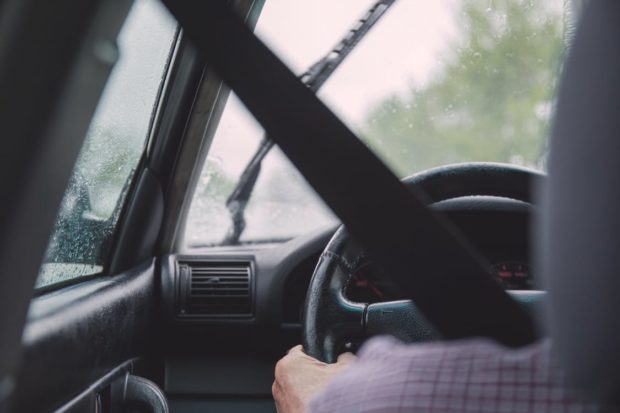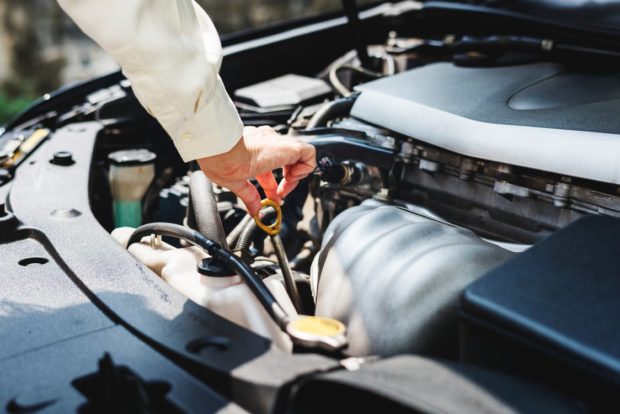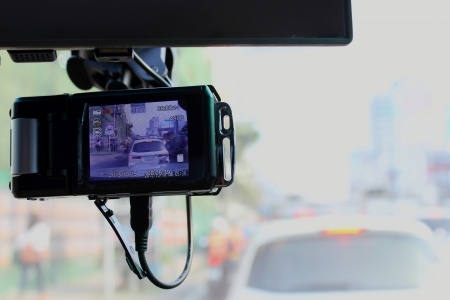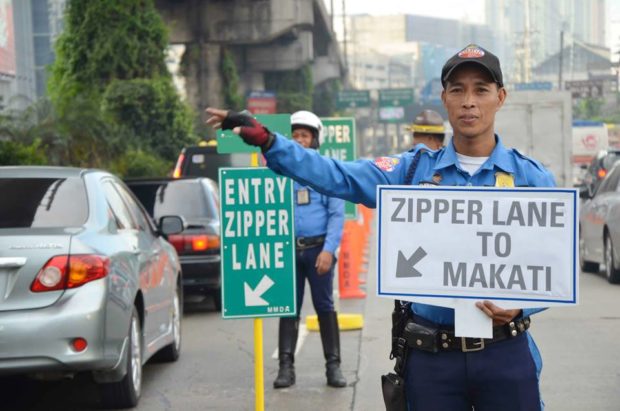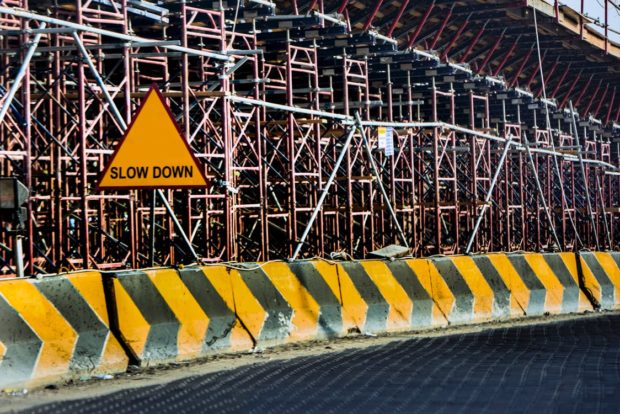What you need to know about road safety in the Philippines
![]()
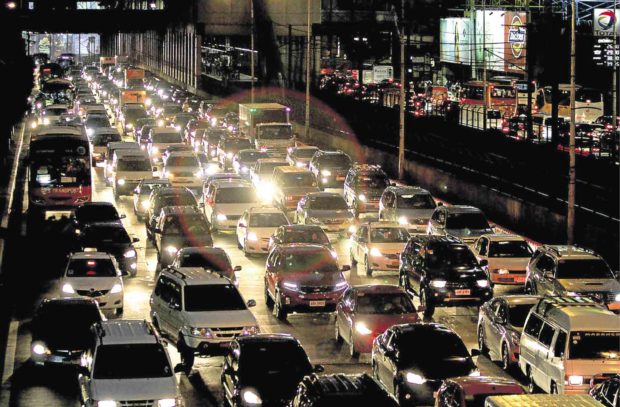
The incidence of vehicular catastrophes in the Philippines, particularly in the National Capital Region (NCR), is increasing at an alarming rate. Based on the Metro Manila Accident Reporting and Analysis System (MMARAS) annual report conducted by the MMDA-TEC-Road Safety Unit, from a total of 63,072 in 2007, it almost doubled to 110,025 in 2017. Out of these 2017 Metro Manila road crashes, 434 resulted to deaths, 19,374 to non-fatal injuries, and 94,097 to damage to properties.
The grim reality: A daily average of 301 vehicular accidents (approximately 12 per hour) happens in Metro Manila, while across the entire country, roughly 34 road crashes are fatal,.
According to the Philippine National Police, a wide range of factors contributes to the rising trend in road accidents. The most common causes, however, are human error, such as reckless driving, drunk driving, and bad overtaking. Based on the causes cited above, it is safe to assume that vehicular mishaps could be prevented.
What we can do to ensure road safety among motorists
All drivers, before applying for a driver’s license, should have at least the basic knowledge about road safety
All driver’s license holders should be well-informed about the laws, rules and regulations pertinent to land transportation. They should be willing to share the roads with other road users. They should understand not only the rights and privileges related to being a licensed driver, but also the duties and responsibilities that come with it. Most importantly, they should know the first thing about defensive driving since it is inevitable that they would encounter road users that are reckless, ignorant, arrogant or grossly noncompliant with the traffic rules.
To avoid road accidents due to mechanical failure, drivers should make a habit of checking their BLOWBAG before hitting the road especially on a long drive
Of course, all drivers worth their license know that BLOWBAG stands for Battery, Lights, Oil, Water, Brakes, Air, and Gas. Now, don’t you go whining. Remember that an ounce of prevention is worth a pound of cure.
Various measures should be undertaken by the government to address the growing concern of road safety
A good way to start would be the strict and sustained enforcement of traffic laws, particularly on drunk-driving, seatbelt wearing, overloading, speed limits, and the use of standard motorcycle helmets and child restraints. Increased patrol visibility in accident prone areas or, better yet, the improvement of road conditions that pose a hazard to both motorists and pedestrians should be given priority. Projects such as the installation of speed limit devices in PUVs, of dashcams in private vehicles, and of CCTVs in strategic locations should be implemented. Sidewalks should be cleared of vendors and the side streets of illegally parked vehicles, at any given time. Vehicles that fail the roadworthiness test should be impounded right away.
Public awareness programs on road safety should be launched, including but not limited to the comprehensive education on public road use and road ethics
Bicycle and motorcycle lanes and footpaths/footbridges should be integrated in the design of new roads. A mandatory requirement of road safety training for new drivers prior to issuance of driver’s license should be imposed. Road contractors and authorities and urban planners should be made accountable for every sub-standard project. Coordination between and among local government units should be maintained to ensure that their respective road safety activities and policies are harmonized. Finally, the government should develop and keep a comprehensive road crash database system that will contain such pertinent information as the statistics of road mishaps in the different parts of the country, the types and ages of the victims, the causation patterns, the types of vehicles involved, the time of day that the accidents happen, and the types of collision. That database system will provide a considerable aid in the government’s remedial measures in its initiative to make our roads safer for all commuters and pedestrians.
Just last year, the Anti-Distracted Driving Act was enacted. Under RA 10913, a person who is driving a motor vehicle is prohibited from holding and using mobile communication devices and electronic entertainment gadgets. We should understand, though, that there are other hazards both inside and outside of the car that could drive you to distraction, and should therefore be avoided at all costs. An unrestrained pet. The aroma of a hot cup of coffee in your cup holder. The scent of your favorite food that’s waiting for you at the back seat. A shapely leg next to you. The noise of your nagging spouse and bickering children. The brightly lit digital billboards. A cute baby waving from the other car. The captivating sight of the stylish Hyundai Kona. If you haven’t seen how beautiful this car is, look no more:
Remember, always have your eyes back on the road! INQUIRER.net Brandroom/LA
